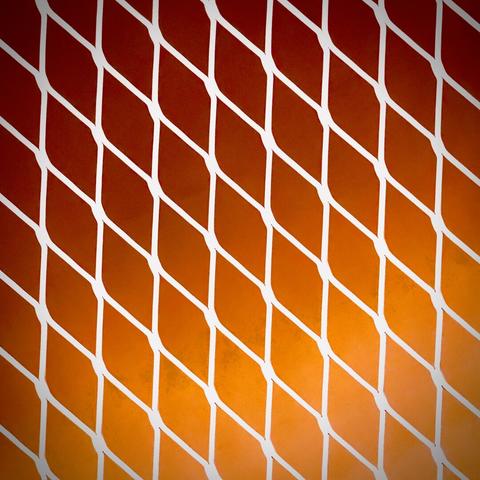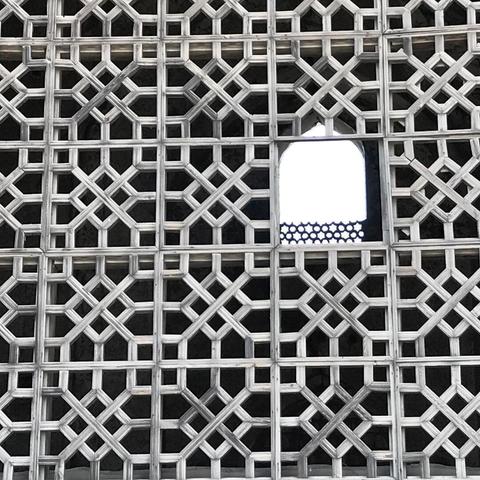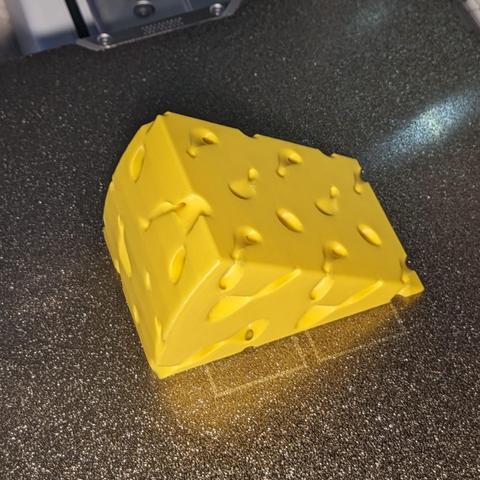Cheap, smart, deadly. The tech industry pitches a new way to wage war.
Anduril Industries hopes it can transform the U.S. military under the new Trump administration.
It imagines the nation defended by fleets of deadly aerial and undersea drones that can tirelessly patrol the world with minimal need for human intervention, poised to strike if ordered to.
Anduril has deep ties to President Donald Trump’s tech funders and advisers.
It is the most prominent among a raft of defense upstarts aiming to challenge established defense contractors by recasting U.S. military technology around nimble drones and software,
instead of giant ships and expensive aircraft.
“It’s about making much-lower-cost, easy-to-produce and mass-manufacture weapons that we can resupply in a time of war,”
said #Brian #Schimpf, chief executive and co-founder of the eight-year-old company.
That approach is winning support inside the Pentagon as it grapples with a major challenge to U.S. power just inherited by Trump.
It is starkly illustrated by a military operation that took place one night this past April, after Iran fired more than 300 missiles and self-destructing drones at Israel from Iran, Iraq, Yemen and Lebanon.
“We are paying millions to shoot down something that costs thousands,”
Adm. Samuel Paparo, commander of the U.S. Indo-Pacific Command, said last month at the Reagan National Defense Forum in Simi Valley, California.
“We’re on the wrong end of that.”
That asymmetry contributes to another headache for the Defense Department.
War in the Middle East, Russia’s continuing assault on Ukraine, and China’s escalating rhetoric about controlling Taiwan have stretched U.S. weapons stocks and defense industry supply chains,
as the Pentagon supplies allies like Israel in addition to U.S. forces.
If the United States went to war with China, it would run out of long-range precision missiles in less than a week,
according to a 2023 report from the Center for Strategic and International Studies, a think tank.
Anduril is headquartered in the former Los Angeles Times printing press a 30-minute drive from the site of the drone demonstration.
Out front sat an open-topped military humvee owned by #Palmer #Luckey,
the most high-profile of the company’s five co-founders.
He previously sold virtual reality start-up Oculus VR to Facebook at the age of 21 for $2 billion
and was for years one of the few prominent Trump supporters among tech elites
-- until Elon Musk and others embraced the former president in 2024.
Anduril, christened for a sword in “The Lord of the Rings” whose Elvish name means “Flame of the West,”
cultivates a culture starkly different from established defense contractors based in Beltway office parks.
The designs of the company’s sensor towers and cruise missiles evoke military hardware seen in Japanese sci-fi anime shows.
In November, the company launched a merch store featuring Hawaiian shirts modeled by Luckey
and keepsakes from exploded prototypes.
The start-up, which has received more than $4 billion in funding,
started out selling surveillance towers to U.S. Customs and Border Protection.
It now has a lineup of eight aerial and aquatic surveillance and attack drones,
with customers including the Pentagon and some U.S. allies.
Its #Lattice software, used in the drone demonstration, provides a way to link up and control different robots, sensors and other military equipment,
-- a kind of operating system for war.
https://www.washingtonpost.com/technology/2025/01/21/anduril-startup-weapons-drones-ai/





